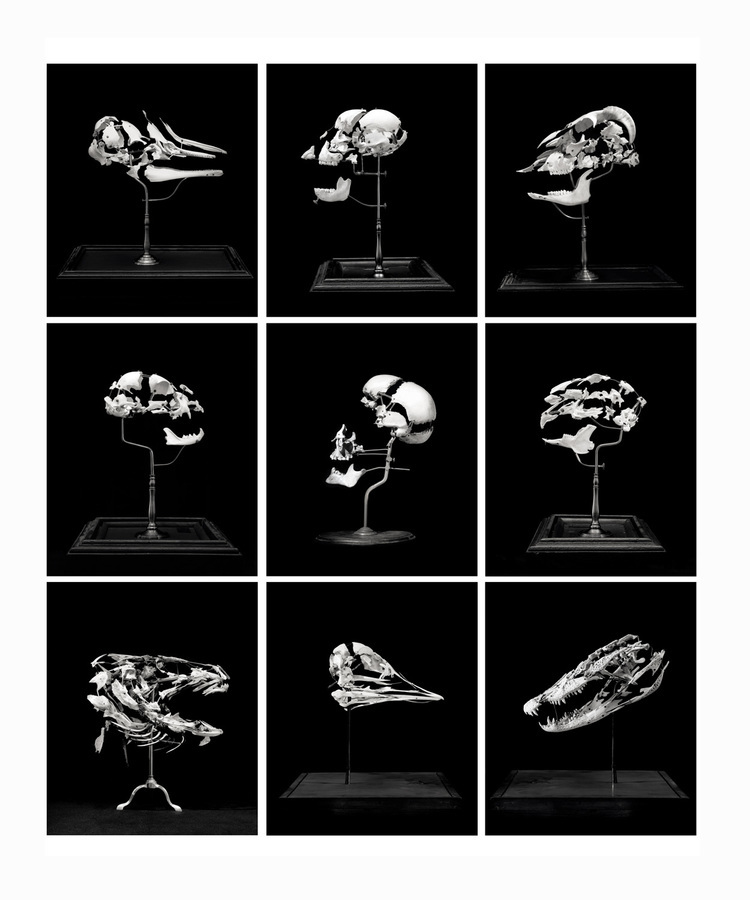OBJECT LESSONS
RECOLLECTING MUSEUM HISTORIES AT THE UNIVERSITY OF MICHIGAN
OCTOBER 13–DECEMBER 30, 2017
CURATED BY KERSTIN BARNDT IN COLLABORATION WITH RICHARD BARNES AND AMANDA KRUGLIAK, WITH ORIGINAL COMMISSIONED ARTWORK BY RICHARD BARNES
Showcasing original objects dating from 1837 to the present, Object Lessons affords visitors a synthetic look at 200 years of collecting for science. Museum specimens, artifacts and documents from the archives bring into focus the University Museum’s importance to early state history, its first global collecting expeditions, the changing relationship between culture and nature, science and religion; and the transformation of research and collecting practices from the nineteenth to the twenty-first centuries. Not all of U-M’s historical collections survive; the exhibition reflects this fact by focusing also on the life cycle of collections, on points of origin and decline, and on the shifting valorization of objects over time.
Object Lessons draws on collections housed in the University's research museums (Paleontology, Zoology, and Anthropological Archeology), as well as the University Herbarium, the Museum of Natural History, the Stephen S. Clark Map Library, the Stearns Collection of Musical Instruments, the Bentley Historical Library, and the University of Michigan Library.
The exhibition features photography and sculpture by New York-based artist Richard Barnes that engages with specimens, taxidermy, and artifacts from the collections. Staging these images and sculpture in today’s campus museum spaces, Barnes offers an aesthetic reflection of the histories on display.











